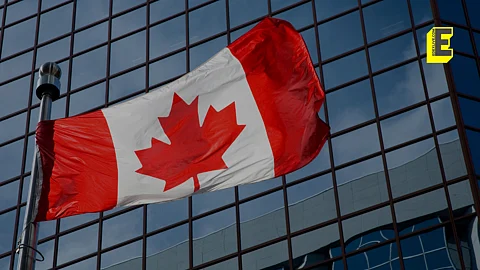

Indian students aspiring to study in Canada will now face a different visa application process following the country’s decision to end the Student Direct Stream (SDS) visa programme on November 8.
Going forward, all prospective international students, including Indians, must apply for a regular study permit, which involves additional steps such as obtaining a Provincial Attestation Letter (PAL) or Territorial Attestation Letter (TAL) to enroll in designated learning institutions.
The SDS programme, which was launched in 2018, allowed faster processing for study permits, provided applicants met specific criteria. The decision to scrap it has raised concerns about accessibility and fairness, as reported by Mint.
During a recent session of the Lok Sabha (the lower house of India’s Parliament), Kirti Vardhan Singh, Minister of State for External Affairs, highlighted the shift.
Singh said the SDS scheme required students to meet stringent conditions, including paying one year’s tuition fees upfront, securing a Guaranteed Investment Certificate (GIC) worth $20,635, and meeting language proficiency benchmarks. These requirements made the SDS programme resource-intensive, Singh added.
The Canadian government cited infrastructure challenges, such as pressure on housing and public services due to rising international student numbers, as a key reason for scrapping the programme.
According to Mint, the Immigration, Refugees and Citizenship Canada (IRCC) department stated that the move aligns with efforts to ensure “equal and fair access to the application process, as well as a positive academic experience” for all students.
The shift is expected to test the adaptability of Indian students, who represent a significant share of Canada’s international student population.
